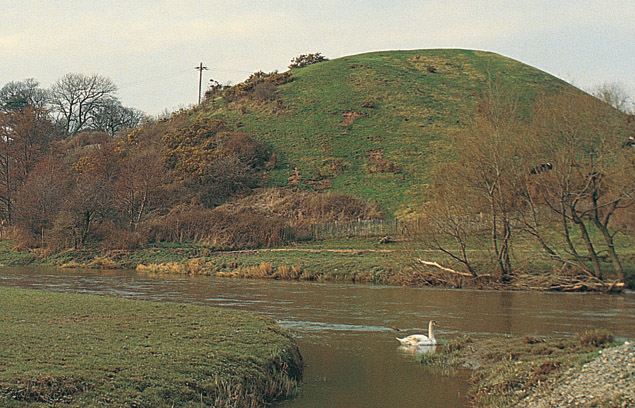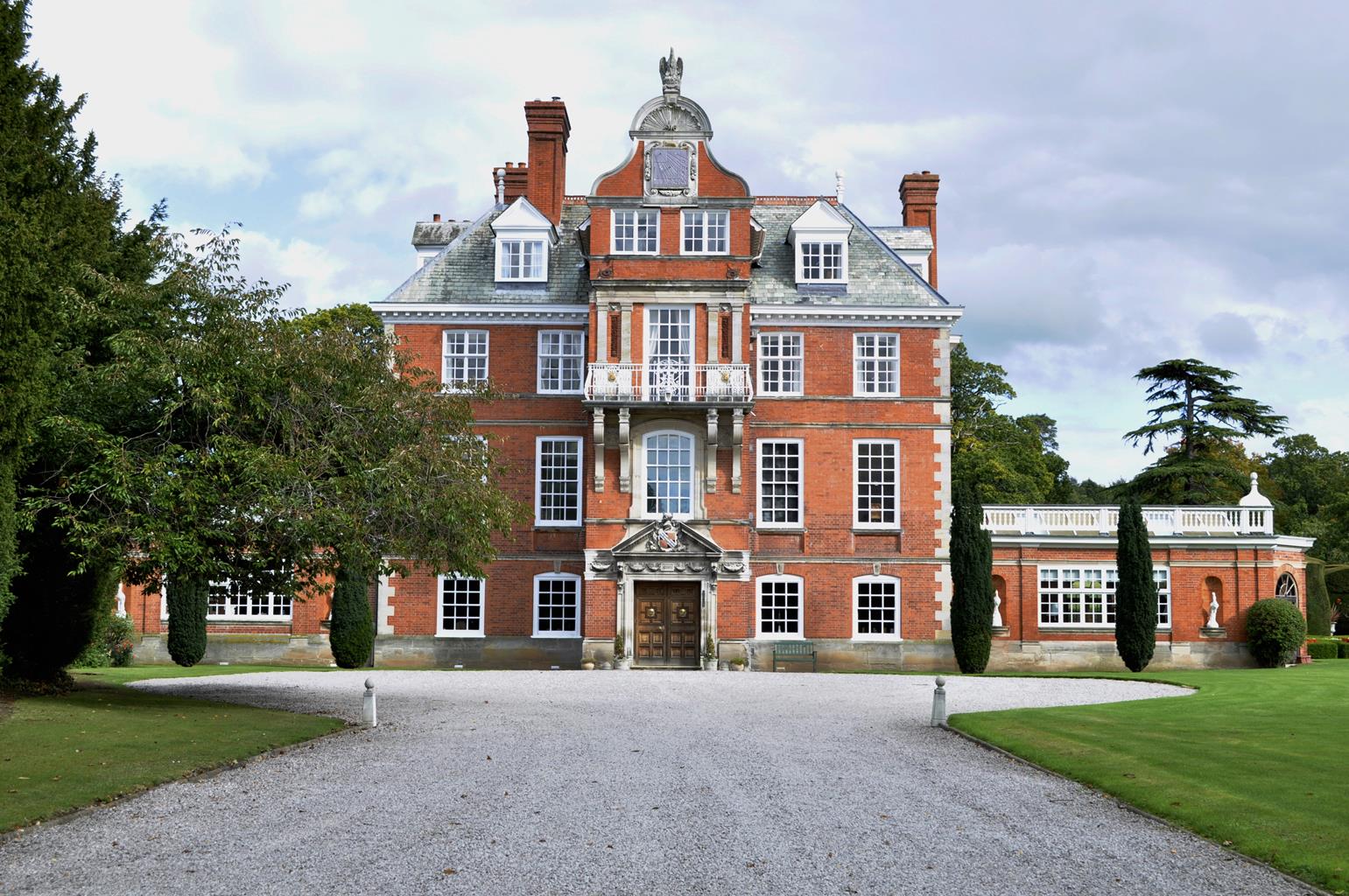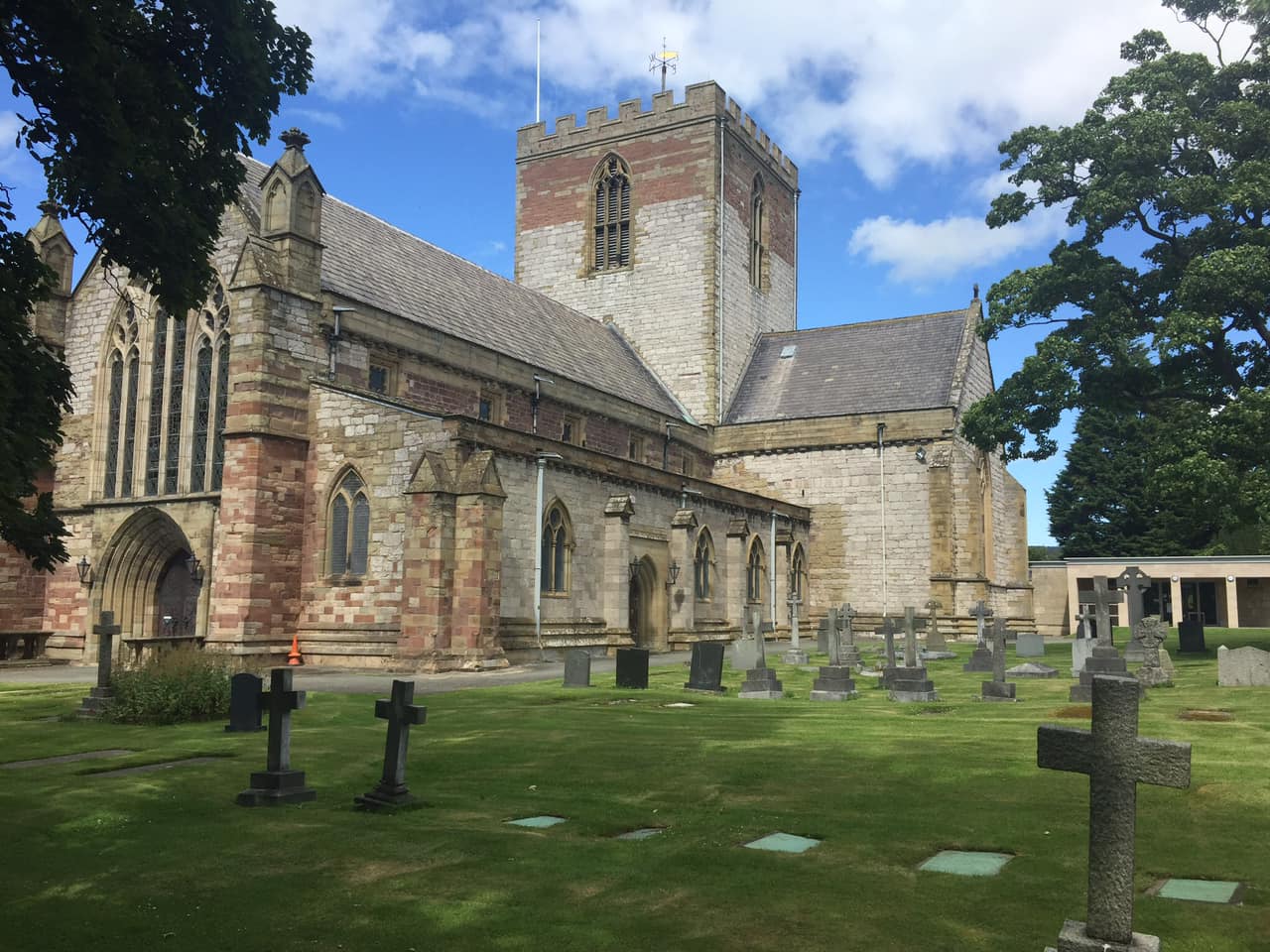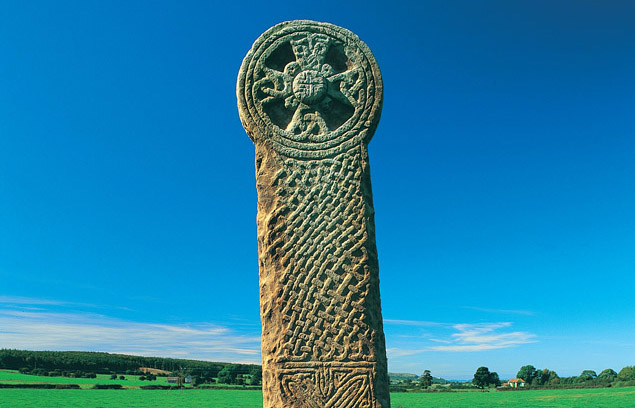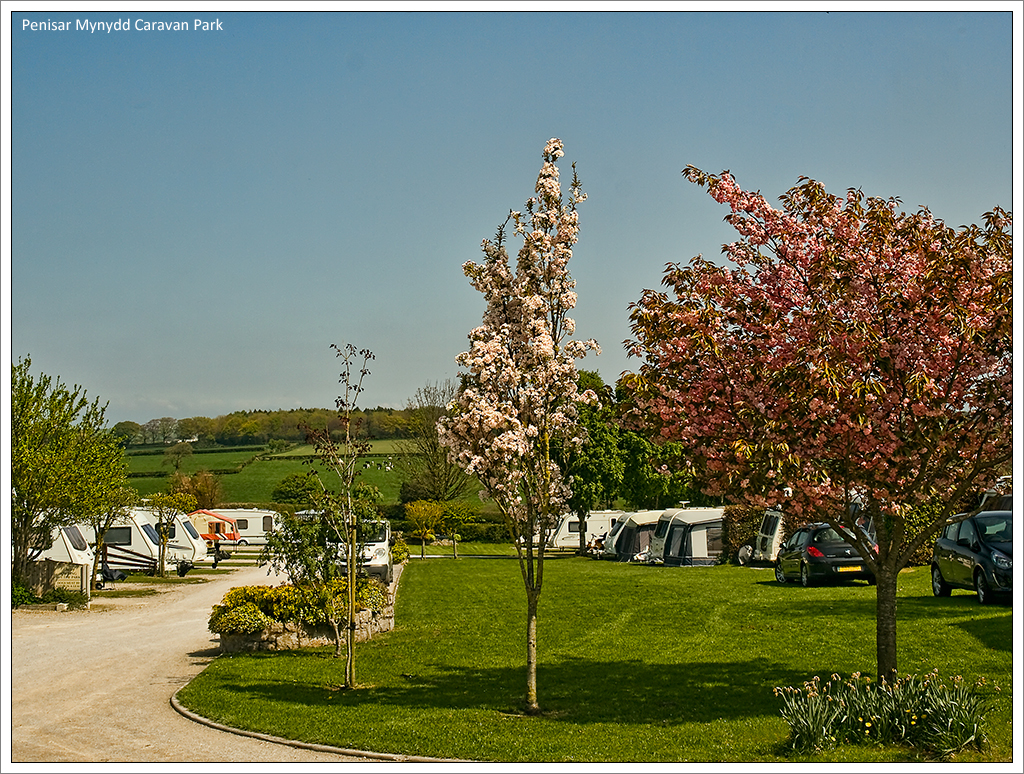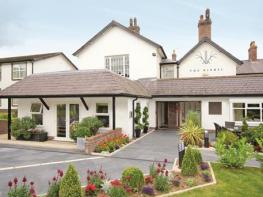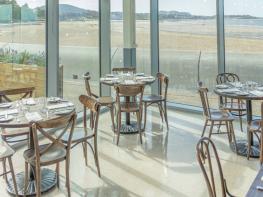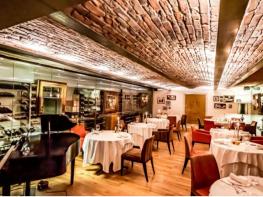Ideally located within easy walking distance of shops, pubs and the promenade, Beach Bungalow is…
Our View
This concentric castle built by Edward I now stands uncomfortably next to a modern housing development. Its once-powerful round towers are crumbling, as time has eaten away at their roofless tops. Yet Rhuddlan was a vital part of Edward I’s campaign in Wales and was designed by master castle-builder James of St George. Indeed, it was here that the Statute of Rhuddlan, also known as the Statute of Wales, was issued in March 1284, proclaiming Edward’s dominance over the defeated country. This statute lasted until the Act of Union in 1536. Rhuddlan Castle is diamond-shaped, with towers at each corner, and has two sets of outer walls. It also has its own dock tower. The building of the castle in its present location necessitated a great feat of military engineering. The site was already historically important owing to being on a ford over the River Clwyd. Edward wanted his new castle to have access to the sea, so that boats might supply it with vital provisions, but the Clwyd was a shallow river that meandered lazily towards the sea. Edward cut a new channel – deeper and straighter than the natural one – and 700 years later it still follows this course.The castle was badly damaged by Parliamentarian forces in 1646 and has been in ruins ever since those days. Photo credit: © Crown copyright (2015) Cadw
Facilities – at a glance
Refreshments
Dogs allowed
Features
- Suitable for children of all ages
- Parking onsite
- Cafe
- Facilities: Portable induction loop
- Accessible toilets
- Opening Times: Open Apr-5 Nov, daily 10-5 (last admission 4.30)
Also in the area
About the area
Discover Denbighshire
The north-east Wales county of Denbighshire shares a name – though not the same borders – with one of Wales’s thirteen historic counties. It includes the seaside holiday towns of Rhyl and Prestatyn; the medieval county town of Denbigh; and the tiny cathedral town of St Asaph.
Pretty Llangollen in the south of the county is part of the 11-mile UNESCO World Heritage Site beginning at the Horseshoe Falls, in Denbighshire’s Dee Valley Area of Outstanding Natural Beauty (AONB), and following the Llangollen Canal along its length to Thomas Telford’s cast iron Pontcysyllte Aqueduct just over the border in neighbouring Wrexham.
Today, the county is predominantly rural, with sheep and cattle rearing in the upland areas. Much of the economy is based around tourism, with plenty of holiday cottages and B&Bs available around the seaside towns, while attractions further inland include plenty of castles – try Rhuddlan, Denbigh, Dinas Bran or Bodelwyddan – the Llangollen–Corwen heritage railway and the Victorian Ruthin Gaol.
Nearby stays
Places to Stay
Dining nearby
Restaurants and Pubs
Why choose Rated Trips?
Your trusted guide to rated places across the UK
The best coverage
Discover more than 15,000 professionally rated places to stay, eat and visit from across the UK and Ireland.
Quality assured
Choose a place to stay safe in the knowledge that it has been expertly assessed by trained assessors.
Plan your next trip
Search by location or the type of place you're visiting to find your next ideal holiday experience.
Travel inspiration
Read our articles, city guides and recommended things to do for inspiration. We're here to help you explore the UK.



